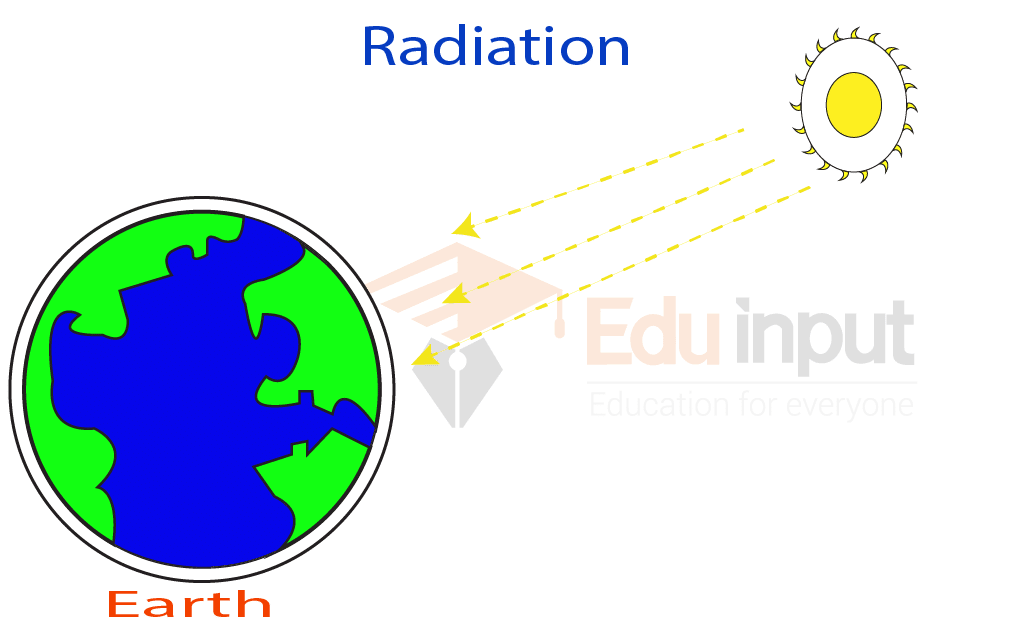In the realm of oncological treatments, radiation therapy has long stood as a beacon of hope. Often likened to the steadfast lighthouse guiding ships through turbulent waters, radiation therapy has provided direction and solace to patients grappling with the uncertainty of cancer. However, whispers of obsolescence echo through medical corridors, prompting inquiry: is radiation therapy a dying field, or is it rather an evolving discipline, adapting to the intricate and ever-shifting landscape of oncology?
To unravel this question, let us first examine the bedrock principles underlying radiation therapy. Utilizing ionizing radiation to eradicate malignant cells, the process employs precision and efficacy. Its utilization ranges from the direct targeting of tumors to palliative care, alleviating suffering in terminal stages. The dichotomy of its application juxtaposes both curative intents and symptomatic relief, positioning radiation therapy as a multifaceted approach within the therapeutic arsenal.
In recent years, the proliferation of alternative therapies, particularly immunotherapy and targeted molecular therapies, has incited conjecture regarding the role of radiation therapy. Such advancements are akin to a renaissance in oncological treatment—ushering in an era defined by personalization and enhanced delineation of the tumor microenvironment. Yet, is this metamorphosis truly relegating radiation therapy to the annals of medical history?
To contextualize this evolution, we must consider the synergy between radiation therapy and novel modalities. Recent studies reveal that the integration of radiation therapy with immunotherapeutic agents can yield enigmatic outcomes, enhancing anti-tumor immunity. By harnessing the body’s own defenses, radiation not only impedes tumor growth but also fosters a cascade of immunological responses that reverberate throughout the organism. The collaboration of these modalities further exemplifies the malleability of radiation therapy, affirming its continuing relevance.
Moreover, the advent of advanced technologies, such as stereotactic radiosurgery and proton therapy, signifies a renaissance of sorts for traditional radiation methodologies. These innovations offer unprecedented precision, minimizing collateral damage to surrounding healthy tissues while maximizing therapeutic effects on neoplastic cells. Such advancements not only quell concerns regarding the prognostic limitations of radiation therapy but also invigorate its standing within the pantheon of cancer treatments.
As a corollary, ongoing research endeavors continue to unearth novel applications for radiation therapy. Its role in the treatment of rare tumors or as an adjunct to surgical interventions demonstrates its adaptability. From enhancing local control rates in challenging malignancies to exploring its efficacy in treating oligometastatic disease, radiation therapy persists as a versatile player in the oncologist’s toolkit.
However, it is vital to acknowledge that any discussion regarding the future of radiation therapy must consider economic and sociocultural dimensions. The skyrocketing costs associated with modern cancer treatments—including radiotherapy—pose formidable challenges for both healthcare systems and patients. The imperative to balance innovation with affordability is paramount; otherwise, the allure of groundbreaking technologies risks obfuscating access for those in need. As medical professionals grapple with these dilemmas, it becomes increasingly clear that the sustainability of radiation therapy relies not solely on technological advancements but also on systemic reforms that transcend mere clinical efficacy.
Furthermore, the evolving perceptions surrounding cancer treatment create an intriguing milieu. As patient-centric care becomes a cornerstone of treatment paradigms, the empowerment of individuals to make informed decisions regarding their therapeutic pathways has surged to prominence. An informed patient populace demands a holistic approach, necessitating that oncologists conjoin radiation therapy with complementary methodologies in a comprehensive care framework.
Yet, the psychological dimensions entwined within the discourse cannot be overlooked. Questions surrounding fear, stigma, and the very language used to describe radiation therapy influence patient engagement and adherence. The perception of “radiation” often elicits trepidation, stemming from its associations with catastrophic events and malign outcomes. A shift in societal narratives around radiation therapy could very well bolster its acceptance, forging a renewed vigor in its application.
As we gaze into the horizon, contemplating whether radiation therapy indeed represents a dying field, what emerges is an intricate tapestry woven from threads of history, innovation, and human experience. The profound shifts within oncology reflect an industry in flux, yet they do not herald the end of radiation therapy. Instead, they herald its evolution—merging with alternative treatments, embracing technological advancements, and adapting to the nuanced landscape of patient care.
Ultimately, the question transcends a binary answer. Radiation therapy is not a relic resigned to obscurity but a vital component poised for revitalization. Its future hinges not only upon advancements in technique and technology but also upon a collective acknowledgment of its historical significance and enduring potential. As we navigate this intricate labyrinth of science and humanity, an appreciation for the unique, multifaceted appeal of radiation therapy endures, illuminating the path ahead.












